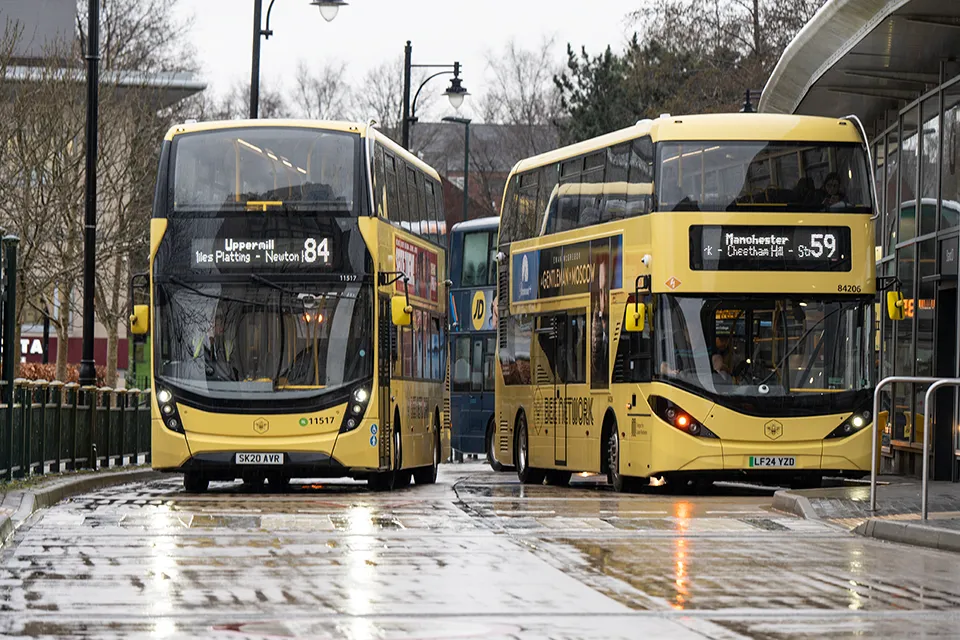Latest News
Britain’s Public Transport Overhaul: New Investments Aim to Modernize Mobility

The United Kingdom is embarking on its most ambitious public transport modernization plan in decades. With urban congestion, outdated rail infrastructure, and climate commitments pressing hard, the government’s 2025 National Mobility Strategy sets out to redefine how Britons move — integrating rail, road, and green mobility technologies into a unified, data-driven network. London, once again, stands at the heart of this transformation.
A New Era for Rail and Urban Transit
The strategy prioritizes major upgrades to rail networks, including a £36 billion investment package focused on high-speed electrification, digital signaling, and station modernization. The Department for Transport (DfT) announced that by 2030, over 75% of UK rail services will operate on low-emission or fully electric systems.
The new London North Corridor, linking the capital with key economic zones in Birmingham and Manchester, is being accelerated as part of a broader post-HS2 reconfiguration. The plan aims to improve journey times and support freight transport efficiency, critical for the UK’s logistics and trade sectors.
Urban transport also features prominently. Transport for London (TfL) is rolling out a new generation of electric and hydrogen-powered buses, while expanding cycle superhighways and low-emission zones. These initiatives aim to reduce London’s public transport emissions by 55% by 2030.
Technology and Smart Mobility Integration
The 2025 strategy embraces data and automation as central tools for mobility efficiency. The government is partnering with private firms such as Siemens Mobility, Google Maps, and Wayve AI to create a national smart traffic control platform that integrates real-time data from rail, buses, and ride-sharing services.
Pilot programs in London and Manchester are already using AI traffic forecasting and blockchain-based ticketing to enhance transparency and reduce fare evasion. The National Data Infrastructure Hub, launched in early 2025, will aggregate transport data across regions, improving route planning, energy use, and service reliability.
Sustainability and Economic Impact
The sustainability aspect of the overhaul cannot be overstated. The UK’s Net Zero by 2050 plan identifies transport as the largest single source of carbon emissions, accounting for over 25% of total CO₂ output. The National Mobility Strategy’s focus on electrification and public transport expansion is projected to reduce emissions by 40% by 2035.
Economically, the program is expected to create over 150,000 new jobs in construction, engineering, and green technology sectors. The government is also introducing incentives for domestic manufacturing of electric buses, trains, and charging equipment — part of its broader effort to rebuild industrial capacity in the Midlands and North.
Conclusion
Britain’s 2025 transport overhaul signals a shift from piecemeal fixes to a comprehensive vision for connected, sustainable mobility. For Londoners, it promises cleaner air, faster commutes, and a smarter city. For the nation, it represents a step toward long-term energy independence and economic renewal — powered by technology, innovation, and a collective drive for greener movement.












